Accuracy transmitted through the ages
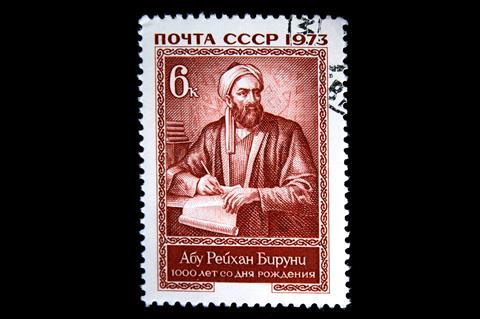
Burning books is a crime. The most famous – though partially apocryphal – was the burning of the great library of Alexandria, which consumed thousands of scrolls containing history, science, literature, theatre, philosophy and more. Such incidents make one marvel at how much ancient learning and creativity has survived.
That this knowledge has been preserved and transmitted through the centuries is a tribute to thousands of forgotten copyists and translators. Some of this material was transferred from Byzantium/Constantinople, the capital of the Christian empire at the eastern end of the Mediterranean. But by the late 18th and 19th centuries, European fascination with the exotic east that would come to be known as ‘orientalism’ led a pioneering group of scholars – some of them scientists-turned-historians like Alexander von Humboldt and Marcellin Berthelot – to start trawling through libraries in search of clues. They began to make clear the enormous debt that Europe owed to ‘The Arabs’, a catch-all term for anyone living anywhere between the Mediterranean and Central Asia. The Arabs had not just transmitted, but enormously developed the sciences, especially during Islam’s Golden Age around the year 1000.
In 1800, an English scholar based in Calcutta, Francis Gladwin, translated a 16th century Persian manuscript, the Ain-i Akbari (the Institutes of Akbar), an economic and geographical survey of the Mughul empire. It referred to the work of a writer Abu Rayhan, who had read Theophrastus’ On Stones (De Lapidibus) and developed his ideas about minerals and their formation. Abu Rayhan had determined their densities with remarkable accuracy, but there was little detail about how he had done so.
Then, in the 1850s, the orientalist scholar Nikolaj Vladimirovič Khanykov translated a frustratingly damaged manuscript, The Book of the Balance of Wisdom written by al-Khazini, a student of Abu Rayhan’s, which contained far more detail.
From the suburbs
Abu Rayhan was born around 973 on the banks of the Amu Darya river in central Asia, in the birun (outskirts) of Kath, the capital of a local kingdom; so his nickname, al-Biruni, translates prosaically as ‘the suburbanite’. His education started early under the eminent astronomer and mathematician Abu Nasr Mansur. At the age of 17, al-Biruni built an instrument to measure the latitude of Kath from the altitude of the midday sun, and went on to determine the radius of the Earth, develop cartographic methods, and build astrolabes for astronomical observation.
Forced to flee his home in 995 when civil war broke out, he would work for a variety of aristocratic patrons, repeatedly dodging dynastic ebbs and flows. He studied the heavens, cast horoscopes, developed mathematics, physics and geography, travelled widely – most notably across northern India – making observations about everything he saw, and wrote 146 books; many have been lost.
It was al-Biruni’s works on stones, minerals and gems that his student al-Khazini drew upon. In doing so he saved his mentor’s methods for posterity. After a historical introduction on Archimedes and al-Biruni’s hydrostatic balance, al-Khazini describes in detail a floating hydrometer/areometer designed by Pappus of Alexandria, a 3rd century mathematician and contemporary of Hypatia, who is often credited with a similar invention. Al-Khazini describes how to mark a scale with thousands of lines, and how to calibrate the instrument using tin shot, using the ‘pure water of the Euphrates’ as the density standard. Then follows a table of the specific gravities of liquids including the ‘blood of a man in good health’ and both warm and cold human urine.
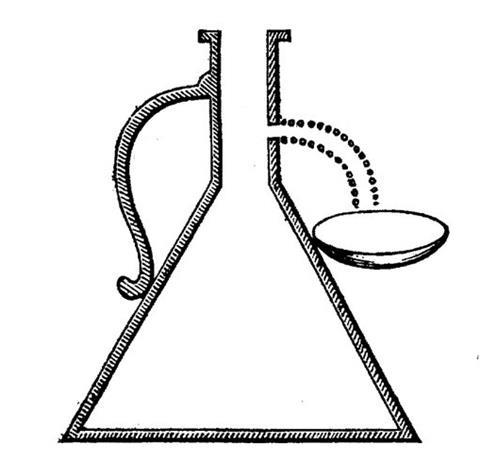
Al-Khazini then describes his mentor’s device to measure the densities of stones: a conical metal flask with a lateral tube soldered into the neck. When filled with water, stones dropped into the vessel cause their exact volume of water to overflow into a bowl. The weights of the flask and the bowl, before and after addition, make it simple to determine their specific gravity. Although al-Khazini complained that water trapped in the tube made measurements fiddly, the accuracy of the values amazed 19th century scholars.
The device al-Biruni devised is the progenitor of the modern density bottle that was reinvented in the 18th century. Densities of liquids determined to six or even seven significant figures began to appear in the 19th century as chemists began to use thermometer capillary tubes, ground to fit the neck of the bottle to minimise the volumetric error.
Maybe naïvely, I am amazed by how much abstract knowledge has survived centuries of fires, floods, wars and (sometimes deliberate) destruction. As journals become online-only, is our accumulated knowledge as secure as that of the ancients? The question is urgent as scientists across the world race to archive the medical and climate databases threatened by the current US administration’s chainsaws and the tsunami of algorithmic online garbage.
I hope you will keep as many books as you can. They may one day be the last relicts of a Golden Age.

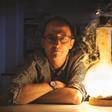
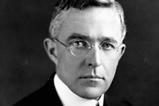
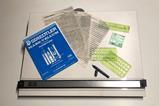
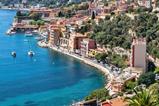


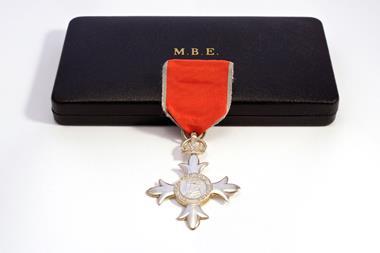
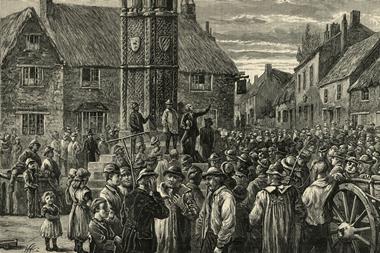
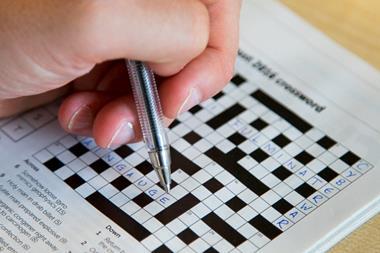
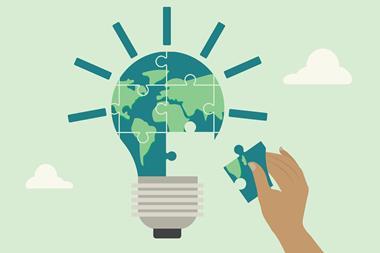
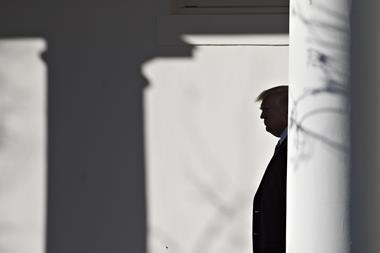
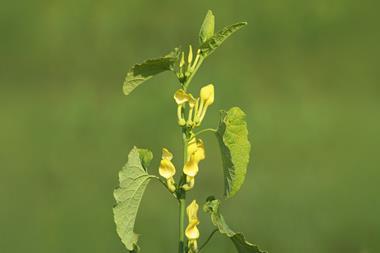

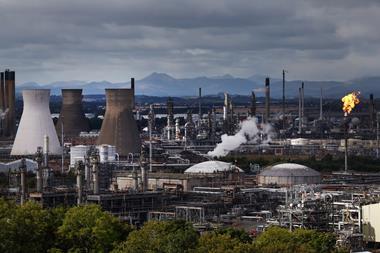
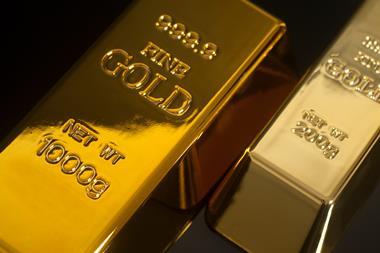
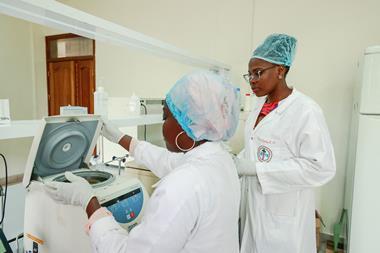
No comments yet